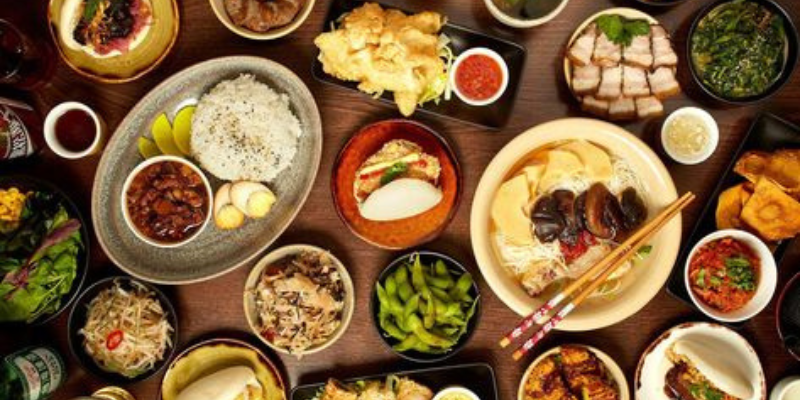When it comes to exploring a country’s culture, food and drink play an integral role. Regional specialties not only reflect the history and traditions of a place but also give visitors a deeper understanding of its identity. From unique recipes to iconic ingredients, these local gems are must-tries for any traveler. In this guide, we delve into the world of regional specialties and why they should be on your bucket list.
What Are Regional Specialties?
Defining Regional Specialties
Regional specialties are foods or beverages that are uniquely tied to a specific area. They often originate from local ingredients, historical influences, and cultural traditions. These specialties can range from hearty dishes to refreshing drinks, and even artisanal snacks.
Importance in Culinary Tourism
For food enthusiasts, regional specialties offer a way to connect with the soul of a destination. Culinary tourism has grown significantly, with travelers seeking out authentic, local flavors over generic options. These dishes often highlight the best of what a region has to offer.
Top Regional Specialties Around the World
1. Pasta from Italy’s Emilia-Romagna
Known as the cradle of Italian cuisine, Emilia-Romagna is famous for its pasta dishes like tagliatelle al ragù and tortellini. These dishes are handmade with precision, showcasing the region’s commitment to quality.
2. Sushi from Japan’s Tsukiji Market
Tokyo’s Tsukiji Market is a haven for sushi lovers. The regional specialty here is fresh, high-grade fish served with perfectly seasoned rice. This simple yet elegant dish is a hallmark of Japanese cuisine.
3. Biryani from Hyderabad, India
Hyderabadi biryani is a fragrant and flavorful dish that combines aromatic basmati rice with marinated meat and spices. Its unique cooking technique makes it a standout regional specialty.
4. Cheese from France’s Burgundy Region
Burgundy is home to some of the world’s finest cheeses, including Epoisses and Comté. These cheeses are crafted using time-honored methods, making them quintessential regional specialties.
5. Tacos from Mexico’s Oaxaca
Oaxaca, known as the culinary capital of Mexico, offers an array of tacos filled with unique ingredients like mole sauce and chapulines (toasted grasshoppers). This region takes taco-making to the next level.
How to Discover Regional Specialties
Research Before Traveling
Before visiting a new destination, look up its most famous regional specialties. Websites, travel blogs, and food documentaries are excellent resources.
Engage with Locals
Locals are often the best guides when it comes to finding authentic regional specialties. Don’t hesitate to ask for recommendations or visit local markets and eateries.
Attend Food Festivals
Many regions celebrate their culinary heritage with food festivals. These events offer a concentrated showcase of regional specialties, often prepared by the best local chefs.
The Benefits of Exploring Regional Specialties
A Deeper Connection to Culture
Sampling regional specialties allows travelers to immerse themselves in the local culture. Each bite tells a story of the land, its people, and their traditions.
Supporting Local Economies
When you purchase regional specialties, you’re contributing to the local economy. Small-scale farmers, artisans, and family-owned restaurants benefit directly from your patronage.
Unforgettable Culinary Experiences
There’s something magical about tasting a dish in the place where it was created. These moments often become the highlight of any trip.
Tips for Enjoying Regional Specialties
1. Stay Adventurous
Don’t shy away from trying something new or unusual. Regional specialties often include unique ingredients that might surprise you.
2. Pair with Local Drinks
Enhance your experience by pairing regional specialties with local beverages. Whether it’s wine, beer, or a traditional cocktail, the right pairing can elevate your meal.
3. Take a Cooking Class
Many destinations offer cooking classes focused on their regional specialties. This hands-on experience not only teaches you the recipe but also the story behind it.
Conclusion
Exploring regional specialties is a journey of taste, history, and culture. From Italy’s handcrafted pasta to Mexico’s inventive tacos, these local dishes offer a glimpse into the heart of a region. So, the next time you travel, make it a point to seek out and savor these unique culinary treasures. The memories, and flavors, will stay with you forever.


